This week, eight of Australia’s most well-known magazines closed, including InStyle, Harper’s BAZAAR, ELLE and Women’s Health. With each of the closures, a team of talented creatives lost their livelihoods, and those of us who grew up poring over each glossy page lost a link to the past.
Of course, there was a lot wrong with magazines, particularly – as Lauren Sams notes – their lack of diversity. Digital is more responsive and dynamic than print could ever be. But still, there was also a lot to love. So in the spirit of celebration and, yes, nostalgia, we asked seven of the women who made our favourite magazines what they loved about them, and what they miss.
‘Reading a magazine is a beautiful, selfish pursuit’
Kellie Hush is a former editor-in-chief of Harper’s BAZAAR, and is now a media specialist and commentator
“I love magazines from two different perspectives, as a reader and as an editor. As a reader there’s a special intimacy that you have with your favourite magazine. When you open it, you immediately escape into its pages, whether it’s the words you are reading or being taken to another place with the photography. It’s just you and the pages of the magazine.
Reading a magazine is a beautiful selfish pursuit and it’s rare that I will ever pass on my favourite magazine to someone else to read. I love the pages to remain crisp and free of any other fingerprints but my own.
As an editor … where to start? It starts with hundreds of blank pages that need to be filled. The creative process of putting together a magazine every month with a team of creatives is pure joy. Big, crazy ideas are all welcome. Emotive pieces of writing always desired. Editing a magazine each month is like doing a massive puzzle. Making all the pieces fit so you create one big picture, or vision. A narrative that works together and allows the reader to disappear into a beautiful world for a few precious hours.
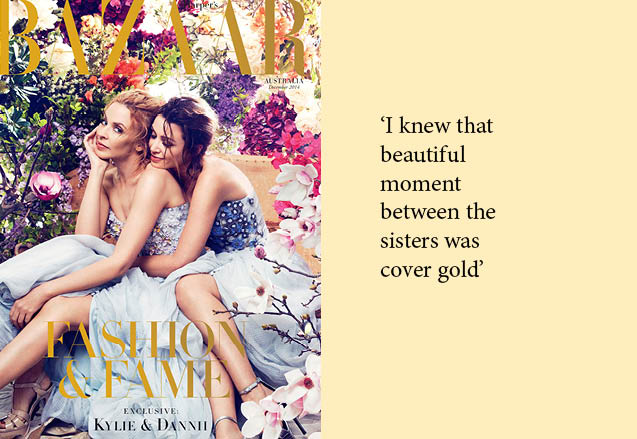
There are so many memorable moments from being an editor but nothing quite compares to when those cover story images first arrive and you can see you and your team have nailed it. The cover with Dannii and Kylie Minogue is the perfect example. Photographer Simon Lekias captured that beautiful moment between the sisters and it was, what we call in the game, cover gold. I knew as soon as I saw it. The flowers did make it impossible for coverlines, so we just went with the bare minimum.
(PS. I also loved that my cover with Miranda Kerr naked was pulled off Coles shelves. When a cover becomes headline news… that’s gold, too.)
‘I drank tea with Margot Robbie after the Chanel show’
Hannah-Rose Yee was deputy features editor at marie clare and is now a freelance writer
“Working at a magazine was the first job I ever had, and the best job, and being a writer is still the only thing I know how to do. A question I often ask the women I interview – brilliant women with brilliant ideas, side-hustle hustlers and the occasional very famous celebrity – is this: What has been the biggest pinch-me moment in your life? Well, working at a magazine is mine. I woke up pinching myself every day that I worked at a magazine, and many more since.
Here is a list of some of the things I have done for a story at a magazine:
– Interpreted my nighttime visions with a Dream Shaman called Tree
– Learned how to make burrata from an Italian man with very strong biceps
– Drank tea with Margot Robbie after the Chanel Haute Couture show in Paris
– Profiled a CGI influencer who exists purely in the world of AI
– Ate only Instagram-approved food for a week
– Decamped to an all-female island off the coast of Finland
– Got sucked into the orbit of an internationally renowned dating guru
– Tried on virtual clothes in an abandoned warehouse in Shoreditch
– Had a full body reboot from Gwyneth Paltrow’s personal healer
– Embedded myself inside the most exclusive member’s clubs in London
– Waited for a Bond Girl to call me at four in the morning
I made the best friends of my life at magazines, I travelled the world, I wrote the stories that I am most proud of, I became a better writer, and a better person. They were the best of times, and even when they were the worst of times, they were the best of times. The biggest and most incredible pinch-me moments ever.
‘I found a place where super-smart and super-cool could co-exist’
Vanessa Lawrence was a features writer at Elle and is now the publisher of Pedestrian group
“My bedside table literally buckled under the weight of Cosmopolitan, Shop Til’ You Drop, CLEO, Harper’s BAZAAR, Vogue, Dolly, Girlfriend and more when I was growing up. I didn’t bother replacing it; instead, I built up a stack at least 15 magazines deep and used that instead.
My friends fangirled over pop stars but my idols were the editors: Paula. Mia. Bronwyn. Justine. Nicole. Sarah. Alison. In them, and their magazines, I found a place where super-smart and super-cool could co-exist and, ultimately, a blueprint for the woman I’d become.
Though the more recent years of my career have been spent in digital, where an editor gets their kicks from real-time analytics, memories from my decade in magazines will forever be imprinted on my brain.
Walking through the turnstile at 54 Park Street [ACP’s headquarters] for the first time, toting a Witchery knock-off of the Balenciaga Motorcycle bag I cut out of an issue of Shop Til’ You Drop. The constant rustle of garment bags emanating from fashion cupboards, and the rip of masking tape as interns covered the soles of Louboutins for photo shoots. The email from Justine offering me the job as Features Writer on the launch team of ELLE Australia, happy tears rolling down my cheeks as I sat on a dirt-dusted curb in Cairo, where I was holidaying on my way home from a stint in the UK.
Holding the first, 300-page issue of ELLE after months spent dreaming it into existence with a team committed to pushing the boundaries of women’s publishing with ideas that would have been shut down anywhere else (an entire page dedicated to reimagining Aussie fashion designers as food? Why not!).

But, above all else, nothing will top the heady rush of seeing my byline in a glossy magazine. In black and white, on high-GSM paper tinged with the smell of ink, perfume samples and something else – the feeling that you’re part of something. A legacy built by so many talented, intelligent, fiercely passionate women (and men), who gave a little piece of themselves to every issue.
The stack of magazines I still use as a bedside table has grown a lot smaller over the years, as we’ve bid a premature farewell to so many iconic titles, but it’s in the hearts of the teams who truly believed in the magic of print – believe, despite everything – that their legacies live on.”
‘The luxury lies in the detail’
Emily Taylor was the editor of InStyle Australia and is now a freelance writer and consultant
“On my final international work trip as editor of InStyle Australia, I joined a star-studded audience at The Met in New York to witness what would be Karl Lagerfeld’s last runway appearance. It was the ultimate pinch-me moment – an experience my 13-year-old self could never have imagined.
A magazine obsessive from way back, I had regularly plotted my escape from ’90s suburban Perth via the glossy pages of my favourite titles. I’d pore over shopping spreads, religiously follow the beauty advice and tear out inspiring fashion images (and, let’s be honest, photos of my schoolgirl crushes).
I’d even look up bewildering words in my Pocket Oxford and note them down for future use, alongside clever turns of phrase employed by the writers I idolised. For me, the deliciousness was in the tiniest details that continue to define great mastheads.
At The Met, I saw Karl Lagerfeld make his last runway appearance
Fast-forward a couple of decades and my teenage dreams were realised when I landed the top job at InStyle. And while the years that followed were punctuated with extraordinary experiences like that Chanel show, it’s the granular, rather than the glamour, that has remained my passion.
Spending countless hours in the art department selecting the exactly-right Pantone colour for the coverlines; agonising over comma placement in a tricky feature; debating the running order and headlines for fashion spreads; ensuring every price was right and each caption perfectly placed… The minutiae of magazines is what makes them magical – those almost-imperceptible details that make the printed product so special.
Of course, the pinch-me moments were wonderful, but being afforded the time and resources to create a meticulously curated world for the reader each month feels like the ultimate luxury now.”
‘The least shiny magazine woman is the smartest on the office group chat’
Felicity Loughrey was New York contributor to Vogue Australia for nearly a decade and is now a podcaster and communications specialist
There were spectacular parties. Does anyone in Sydney remember the Spider-Man party with Tobey Maguire and Kirsten Dunst inside a disused electricity substation? Or The Lord of the Rings bacchanal at Sydney Town Hall with the cast taking selfies with partygoers?
Because of magazines, I got drunk in the middle of the day with writer Christopher Hitchens and we drove around Manhattan in his town car going bar to bar. I also got drunk in the middle of the day with Sex and The City’s Candace Bushnell. I spent two hours on the phone with Melissa George for a Black+White profile. I sat on a couch with Catherine Zeta-Jones and commented on her eyelash extensions, to which she replied: “I’m an old showgirl.”
I started in magazines straight out of university, editing the review pages of Australian Style. I loved that magazine more than I had loved any print publication before it. I adored it more than teenage years spent studying Dolly, or the ’90s deep in The Face, or my German ELLE years (yes, I’m pretentious), followed by the US ELLE years.
I got drunk in the middle of the day with Candace Bushnell
I then went to New York to pursue publishing. I fell pregnant almost on arrival and so spent years writing for Australian magazines from my lounge room. I kept my magazine clippings in a large black padded photo album purchased from an art supply store on Canal Street in Manhattan. I fretted about the sequence of clips and how it looked. I carried the portfolio to job interviews or meetings with Conde Nast editors. In a basement office, before the venture capital money arrived, Refinery29’s former editor-in-chief Christene Barberich remarked: “You have a terrific book, I have no money to pay you.”
When you leave magazines you discover no one can write. You learn that no one reads. No one knows photographers by name. Tim Walker, Helmut Newton, Peter Lindbergh, Ellen von Unwerth mean nothing to my fellow office workers. In the Nora Ephron play Lucky Guy, there’s a line about the dumbest person in the newsroom is like the smartest person you ever met. I’d say the same for magazines; the least shiny magazine woman is the brightest spark on the office group chat.
‘We shot men with beer cans protecting their modesty’
Lauren Sams worked at Elle and Cosmopolitan, among others, and is now Luxury Editor at the AFR
“When I started working in magazines – aged 21, at Cosmopolitan – it was the post-Devil Wears Prada era where everyone thought publishing was simultaneously the most glamorous industry on earth and also the toughest in which to succeed (healthcare workers have nothing on closing the September issue, after all).
But even though the deadlines could be tricky and nailing exclusives was challenging, working in magazines was fun. At Cosmopolitan in particular, where I worked, on and off, for eight years, the entire magazine was about fun. The team of mainly 20-somethings had fun making it, and we imbued every page with that sense of freedom and excitement.
Every month, we would wait eagerly for the male models to come in for casting. We shot these beautiful men with rabbits, puppies, and once, memorably, with beer cans protecting their modesty. Walkley Award-winning it wasn’t. But that was never the point.
At Cosmopolitan, the entire magazine was about fun
Neither were we serious about fashion or beauty – we wrote about trying new looks not because trends demanded it but because it was a fun thing to do. Our models were diverse in size (though in retrospect they should have been far more diverse in terms of race and ethnicity) and rarely photographed not smiling. They looked healthy and yes, FUN.
And of course, Cosmo was shamelessly about sex – having lots of it, making sure it was great – and some of my best memories are of sitting in our editor’s office, thinking up headlines and coverlines for these stories. I almost retired the day I came up with “Game of Moans: Winter is coming, and so will you”, but I hung on and went on to write the sparkling “Sex Toy Story: Meet Buzz and Woody.” To this day, I cannot watch Toy Story with my kids without dying a little inside.
What a shame we don’t have Cosmo anymore. The world could use a little fun these days.”
‘I’ve never worked at such an incredible pace’
Anne-Marie Cheney was Head of Beauty and Fashion at Pacific Magazines, and is now a content and strategy specialist
“Growing up in Brisbane I filled my bedroom shelves with magazines, from Dolly and Girlfriend, through to Cosmopolitan, and then onto my favourites, the glossy fashion magazines. I never dreamed I’d end up inside the industry, running revenue for marie claire and InStyle, working under the formidable Jackie Frank and learning from editors like Nicky Briger, Kirsten Galliott and Emily Taylor.
The creativity that came out of that time was incredible, the fashion and beauty closets unreal, the bond we had with our clients working on multi-platform campaigns, the shoots, the events. A total dream now.
My favourite memories? Sitting in a room with 200 incredible women (and a few men!) at the InStyle Women of Style Awards, championing artists, athletes, business women and scientists; attending the Melbourne Cup for the first time and experiencing the Birdcage; attending one of the first Marriage Equality rallies we organised at marie claire (still flying the glossy flag); meeting our readers at our events and hearing about how they discovered something new or escaped their life for a few hours when they opened the pages of our magazines.
I’ve never worked at such an incredible pace (and towards the end, under so much stress), but it was brilliant and creative, and we all believed in what we were doing and strove for excellence. The bonus? I made some of my best friends in this industry and gained life-long lessons from rare creative minds that deserve more.”
‘The best magazines revealed the experience of women living very different lives’
Anna Saunders was the executive editor of marie claire – and is PRIMER’s co-founder
Growing up in the South Island of New Zealand, magazines and books were my lifeline to the outside world. Before email, Google and social media, magazines were everything. They were the place you learned about your body (Dolly) and the source of all knowledge on make-up and what to wear.
At least that’s what they offered on a superficial level. In reality it was so much more. A decade before Jacinda Ardern and #GirlBoss culture, women’s magazines opened a window into the female experience and a tantalising glimpse into a different future. Some magazines had a knack for articulating exactly what you were thinking or feeling but hadn’t yet put into words, reassuring you that you weren’t in fact alone. The very best ones went a step further, and expanded our minds by revealing the experiences of women leading entirely different lives.
Of course, they weren’t perfect. And history may not treat them kindly. Many fetishized a narrow ideal of beauty; most failed to achieve (or even attempt) to reflect the multiplicity of women’s experiences. None invested in digital even when the threat became critical.
History may not treat them kindly
But I still remember the incredible day I was offered my first job at marie claire, and the heady rush of seeing my name on the masthead. Over the following decade in magazines I accumulated a long list of memories that I still savour today.
Right now, the idea of flying to New York for Fashion Week seems ludicrous, as though it happened to someone else in another lifetime. Likewise, it seems incredible that I once commissioned entire magazines-worth of feature stories with barely a thought for the budget (you want to send a writer to Jordan? Sure! Why not send a photographer, too?) Or that I somehow spent 10 days travelling around Arnhem Land writing a single travel story, and got paid to do it. They were the glory days and they were indeed glorious.
But although print magazines may be struggling, this isn’t the end. Women’s stories will always need a platform, only this time it will be digital. And female-owned. Meet women’s media 2.0. You’re reading it right now.
Want more stories like this? Sign up to PRIMER’s weekly newsletter here.




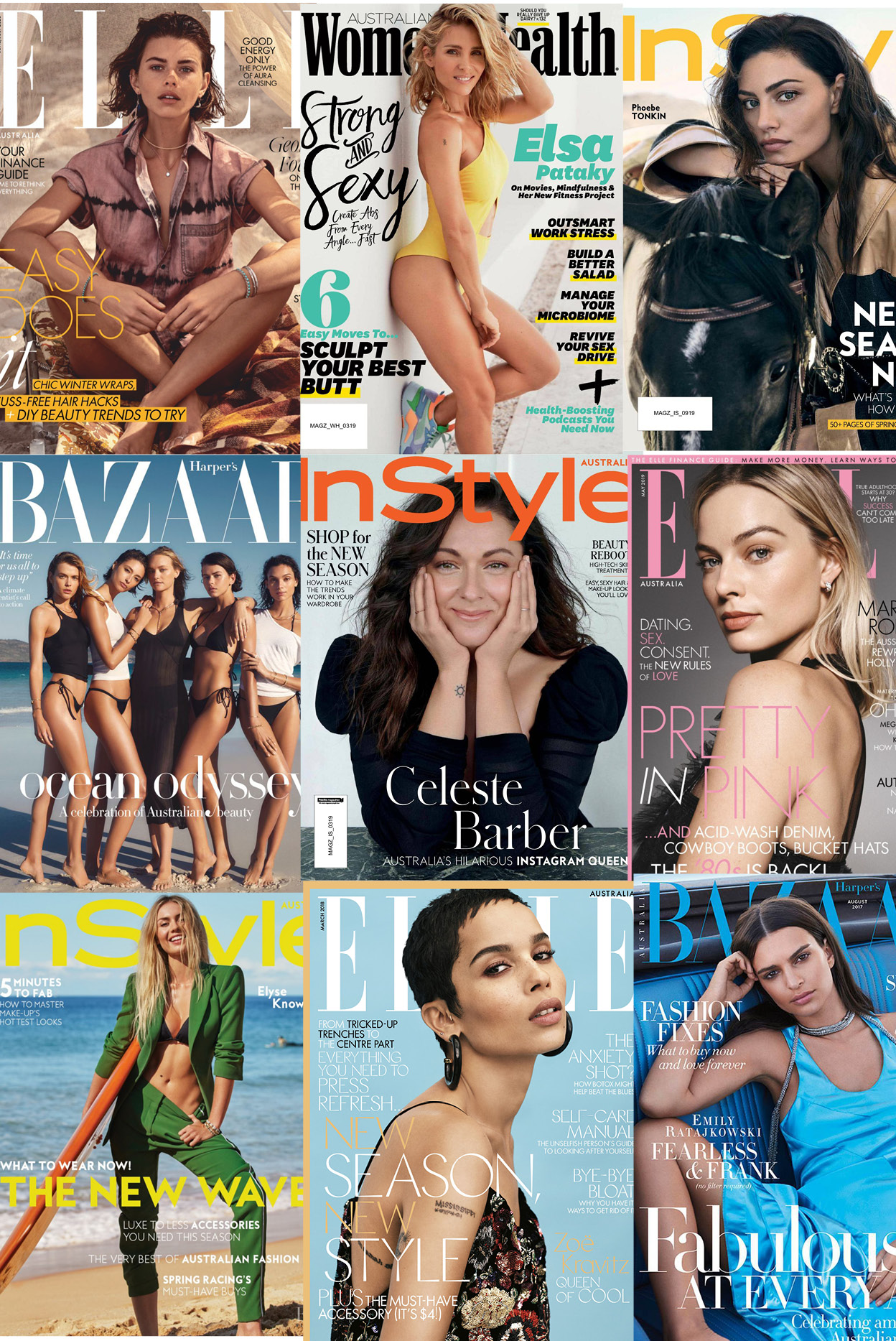



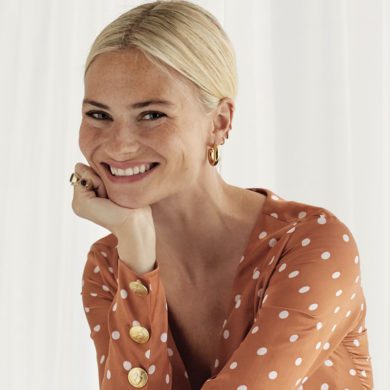
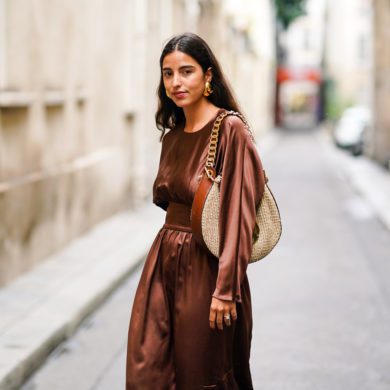
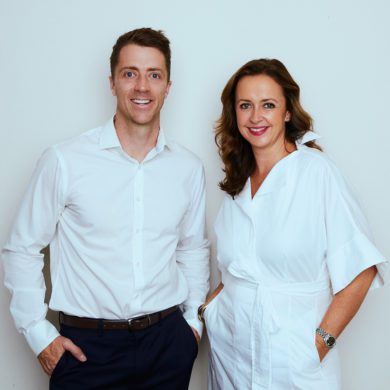
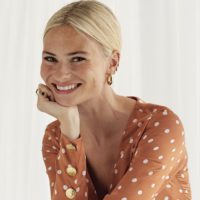
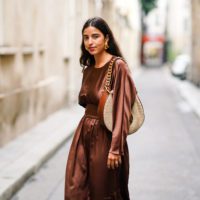
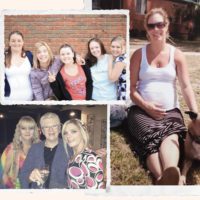
No Comments